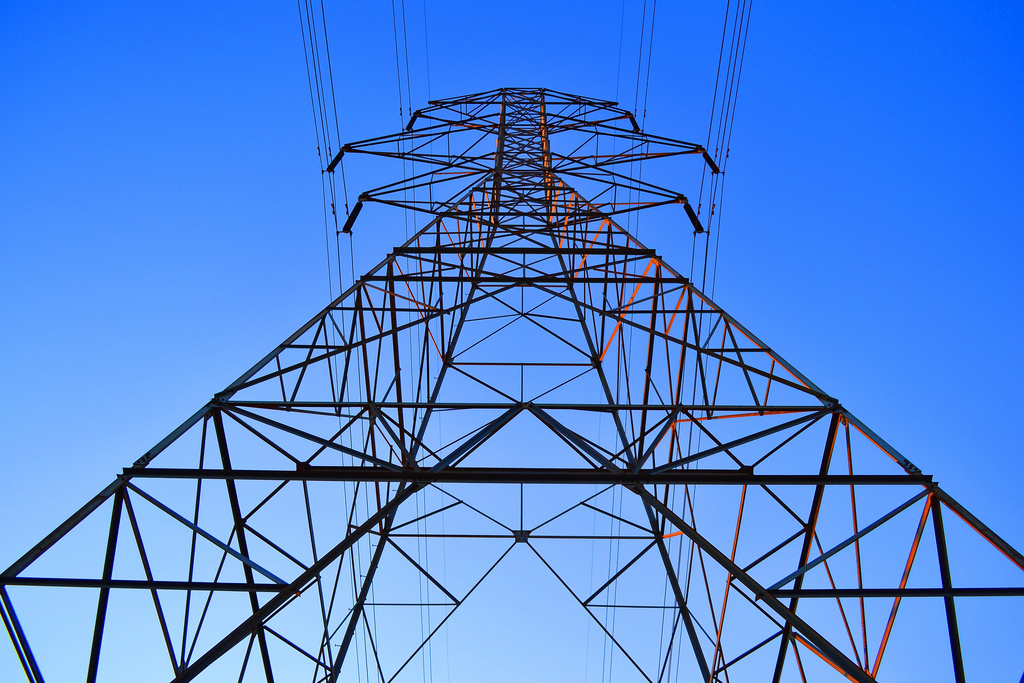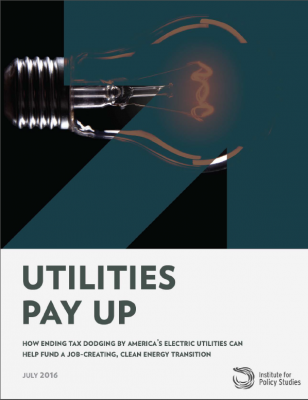The power sector is responsible for a third of U.S. greenhouse gas emissions, making it the country’s single largest contributor to climate pollution. In 2015, the Environmental Protection Agency released a Clean Power Plan (CPP) aimed at curbing these emissions, with specific state-by-state goals. Power companies and industry associations promptly filed lawsuits to block the plan and in February 2016 the U.S. Supreme Court issued an injunction halting implementation until a lower court rules on the case.
These opponents of the CPP say they’re looking out for the public interest, claiming the EPA’s rules will be expensive for ratepayers and detrimental to the overall economy. And yet if these firms were truly interested in what’s best for ratepayers, they would be investing much more in energy efficiency, the cheapest and fastest route to reducing carbon emissions.
But as this report documents, our nation’s utilities companies have become expert tax dodgers at the federal and state levels. Meanwhile, utilities collect taxes at the full rate from customers. This means customers are paying twice — once as ratepayers through the taxes in their monthly utilities bills and a second time as taxpayers when they have to make up for public service funding gaps because utilities are not paying their fair share of taxes.
While the Clean Power Plan remains tied up in the courts, climate threats compel us to find ways to reduce carbon emissions quickly. One strategy policymakers should consider is denying utilities costly and ineffective tax breaks, with revenue invested in demand-side energy efficiency programs that create good jobs and reduce energy bills for low-income families.
This report calculates how much additional revenue would be available for investment in energy efficiency if utilities paid their fair share of taxes.
Key Findings:
Utilities Are Even Better at Tax-Dodging than Multinationals
- The utilities industry pays the lowest effective federal tax rate of any business sector — more than half of profitable publicly held utilities companies paid no federal income taxes in 2015.
- Southern Company, a fierce Clean Power Plan opponent, is one of the worst offenders, reaping in $210 million in federal and state tax refunds in 2015.
- Special tax rules allow utilities to write off the cost of their investments faster than they wear out, giving them billions in benefits.
Potential Revenue if Utilities Were Taxed Fairly
- If the 40 profitable utilities in 2015 paid the average rate of taxes that retailers paid at the federal and state levels, there would have been more than $14 billion in additional revenue.
Energy Efficiency Costs That Could Be Covered By Fairly Taxing Utilities
- The $14 billion in extra revenue that could have been generated through fair taxation is nearly double the amount state governments and utilities spent on energy efficiency in 2015 — enough to create more than 88,000 energy efficiency jobs, or weatherize homes for up to 3 million low-income families.

